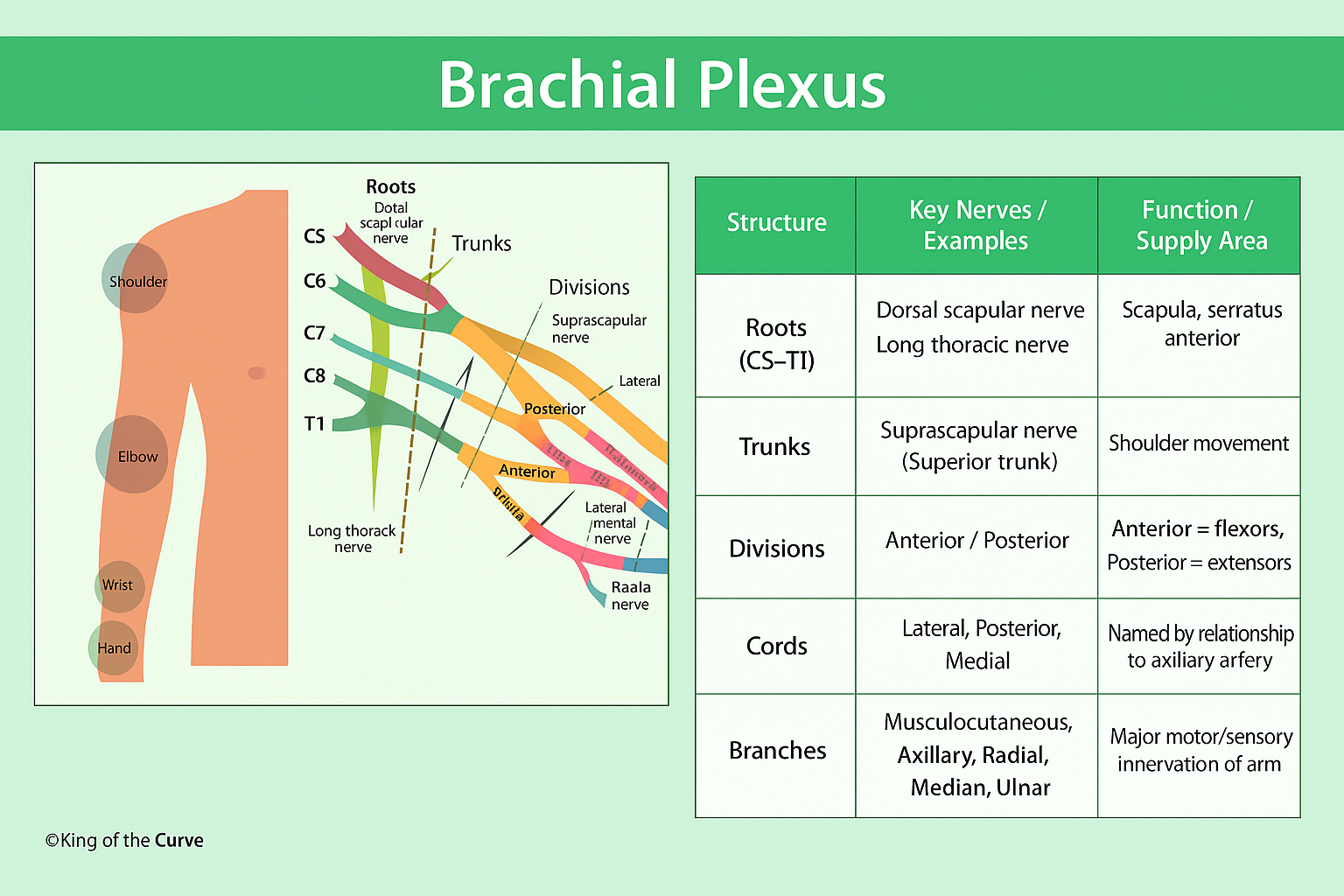
💧 Countercurrent Mechanism: How the Nephron Concentrates Urine (Made Simple)
Learn how the nephron’s countercurrent multiplier and exchanger concentrate urine. Includes visual breakdowns and Step 1-style integration for renal physiology.

🔬 Acids and Bases — Definitions, Strength, and pH Strategy
Master acid-base theory for the DAT. Learn Arrhenius, Brønsted-Lowry, and Lewis definitions, strong vs. weak acids, and how to calculate pH and pOH.

🧠 Oxyhemoglobin Dissociation Curve for USMLE Step 1: Right vs Left Shifts and Clinical Clues
Master the oxyhemoglobin dissociation curve for Step 1 — learn what causes right and left shifts, how they affect oxygen delivery, and how to recognize key clinical associations.

🦠 NCLEX Sepsis Guide: SIRS, Sepsis, Septic Shock & Nursing Priorities
Learn to recognize sepsis progression for the NCLEX. Covers SIRS, severe sepsis, septic shock, and evidence-based interventions.

⚖️ Metabolic Acidosis: Understanding AG, HAGMA, and NAGMA
Learn to differentiate high vs. normal anion gap metabolic acidosis using visual charts and mnemonics. Perfect for USMLE, NCLEX, and clinical mastery.

💩 Osmotic vs. Secretory Diarrhea: Key Differences, Mnemonics, and Clinical Vignettes
Differentiate osmotic vs. secretory diarrhea with easy mnemonics, pathophysiology insights, and USMLE-style vignettes. A must-know GI concept for Step 1/2 CK.

🌊 Water’s Unique Properties – Hydrogen Bonds, Cohesion & DAT Relevance
Understand the special properties of water tested on the DAT, including hydrogen bonding, cohesion, adhesion, surface tension, and temperature regulation.

🧠 Granuloma Formation for USMLE Step 1: Immune Mechanism, Histology, and Disease Associations
Understand the immune mechanism and pathology behind granulomas. Learn the difference between caseating and non-caseating types, and their role in TB, sarcoidosis, Crohn’s, and more.

🧪 NCLEX Metabolic Acidosis: AG, HAGMA & NAGMA Made Easy
Learn how to identify and calculate anion gap (AG), HAGMA, and NAGMA with visuals and mnemonics. NCLEX practice tips included.

🧠 Groupthink: When Agreement Overrides Logic
Understand groupthink and how it influences group decisions. Learn its key traits, exam relevance, and how to avoid blind conformity—perfect for MCAT and psych review.

🧠 The Rule of 9s: Burn Assessment Made Easy for Medical Exams
Master the Rule of 9s for burn assessment in adults, including TBSA calculations and emergency management pearls. Perfect for USMLE Step 2 CK and rotations.

⚛️ Redox Reactions — Oxidation, Reduction & Electrochemistry
Master oxidation and reduction for the DAT. Learn how to assign oxidation numbers, balance redox reactions, and understand galvanic and electrolytic cells.

🧠 Coagulation Cascade for USMLE Step 1: Understand the Intrinsic, Extrinsic, and Common Pathways
Master the coagulation cascade for Step 1 with a breakdown of pathways, clotting factors, and key lab associations like PT, PTT, and INR.

🧠 NCLEX Neuro Crash Course: Cranial Nerves Made Easy
Master cranial nerves for the NCLEX with this visual guide. Includes mnemonics, functions, types, and practice questions.

🧠 Mastering the Brachial Plexus: From Roots to Reach
Master the brachial plexus with this simplified visual guide. Learn the roots, trunks, divisions, cords, and branches—essential for MCAT, USMLE, and clinical anatomy.

❤️ Frank-Starling Law: Cardiac Output, Stretch, and Step 1 Integration
Learn the Frank-Starling law of the heart with visual mnemonics, curves, and clinical connections. Master cardiac output regulation for Step 1 and beyond.

🧪 Mastering Buffers – Your Shield Against pH Changes
Understand how buffer solutions resist pH changes on the DAT. Learn how to apply the Henderson-Hasselbalch equation and recognize acidic and basic buffers.

🧠 Acetylcholine and Cholinergic Drugs for USMLE Step 1: Direct & Indirect Agonists, Receptor Actions, and Toxicities
Master the pharmacology of acetylcholine for Step 1: learn nicotinic vs muscarinic actions, cholinergic drugs, and treatment of cholinergic toxicity.

💊 NCLEX Medication Administration: 6 Rights, Routes & Safety Tips
Learn the 6 rights of medication administration for the NCLEX with tables, safety tips, and common routes. Visual guide + test prep from King of the Curve.

🧬 Circular Representation of the Genetic Code: Cracking the Blueprint of Life
Explore how the circular genetic code chart simplifies DNA translation. Learn codon function, amino acid mapping, and how this concept appears on the MCAT.
